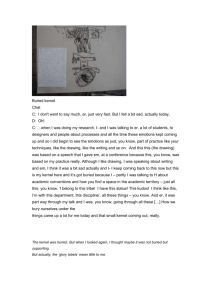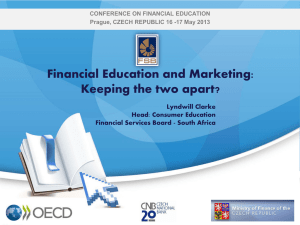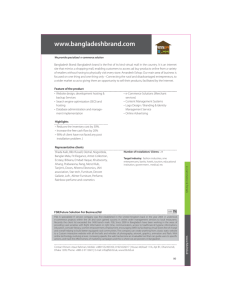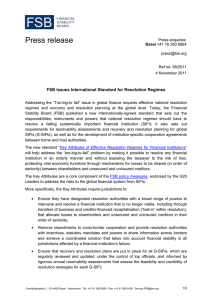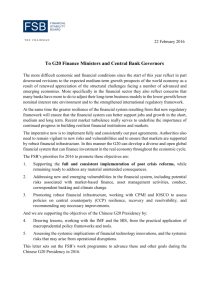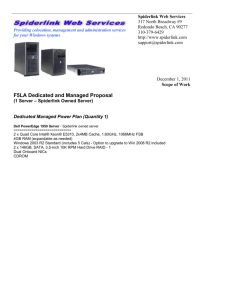Advanced Analysis of Thermograms of Buried Objects in Non
advertisement
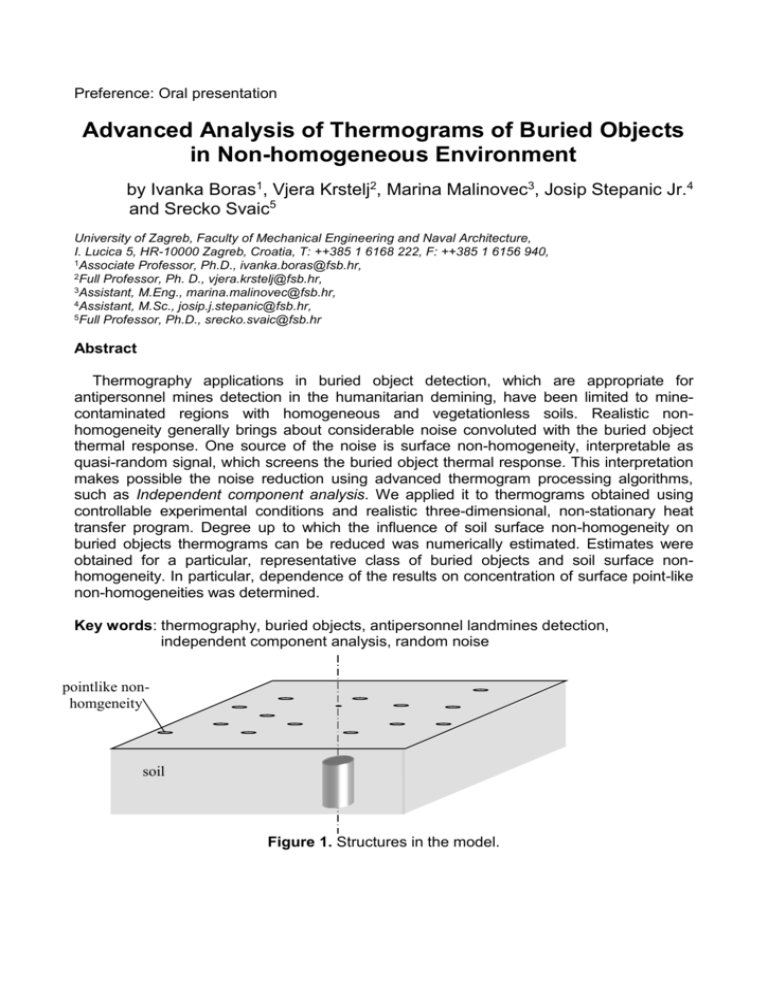
Preference: Oral presentation Advanced Analysis of Thermograms of Buried Objects in Non-homogeneous Environment by Ivanka Boras1, Vjera Krstelj2, Marina Malinovec3, Josip Stepanic Jr.4 and Srecko Svaic5 University of Zagreb, Faculty of Mechanical Engineering and Naval Architecture, I. Lucica 5, HR-10000 Zagreb, Croatia, T: ++385 1 6168 222, F: ++385 1 6156 940, 1Associate Professor, Ph.D., ivanka.boras@fsb.hr, 2Full Professor, Ph. D., vjera.krstelj@fsb.hr, 3Assistant, M.Eng., marina.malinovec@fsb.hr, 4Assistant, M.Sc., josip.j.stepanic@fsb.hr, 5Full Professor, Ph.D., srecko.svaic@fsb.hr Abstract Thermography applications in buried object detection, which are appropriate for antipersonnel mines detection in the humanitarian demining, have been limited to minecontaminated regions with homogeneous and vegetationless soils. Realistic nonhomogeneity generally brings about considerable noise convoluted with the buried object thermal response. One source of the noise is surface non-homogeneity, interpretable as quasi-random signal, which screens the buried object thermal response. This interpretation makes possible the noise reduction using advanced thermogram processing algorithms, such as Independent component analysis. We applied it to thermograms obtained using controllable experimental conditions and realistic three-dimensional, non-stationary heat transfer program. Degree up to which the influence of soil surface non-homogeneity on buried objects thermograms can be reduced was numerically estimated. Estimates were obtained for a particular, representative class of buried objects and soil surface nonhomogeneity. In particular, dependence of the results on concentration of surface point-like non-homogeneities was determined. Key words: thermography, buried objects, antipersonnel landmines detection, independent component analysis, random noise pointlike nonhomgeneity soil Figure 1. Structures in the model.


